We're going to go behind the scenes to look at a map that didn't make it into the exhibition.
I'm Garrett Dash Nelson, the Curator of Maps & Director of Geographic scholarship at the Leventhal Map & Education Center at the Boston Public Library.
In Bending Lines, we're taking a look at a big question: how are truth and belief shaped by maps and other visual forms of data? Some maps are obviously trying to distort the truth, make an argument, or sell you something, and we're showing some of our most extraordinary maps like this in the exhibition. Whether it's a giant octopus in the place of Russia, or a map advertising cheap land in the suburbs, these kinds of maps are clearly playing fast and loose with persuasion and emotion. But one of the key arguments we make in Bending Lines is that all forms of visual evidence make arguments in some way or another. Every map has to simplify the world, and make choices about how to represent the complexity of reality. Even a scientific-looking map produced from a sophisticated data source will still bear the traces of the creator's assumptions and biases.
On Earth 2, we'd be welcoming you right now to our Map Gallery in the Boston Public Library's Central branch in Copley Square to see Bending Lines in person. Instead, today marks the launch of our digital-first version of Bending Lines. It's more than just a list of collections objects—we've created an entire immersive web publication, with more information about the maps and more interactive content than we could ever squeeze into our physical gallery. You'll find the link to the digital exhibition below and on our website.
Now, I'd like to welcome a really special guest who will be talking with us about the maps she created for this exhibition.
Maggie Owens is a Planner and Analyst with the Boston Parks and Recreation Department. Serving at the Parks Department, Maggie works to place issues of equity and storytelling front and center through collaboration, a critical and judicious use of data, and accessible visualizations. She is committed to exploring new ways of producing community-based illustrations that strengthen civil discourse and facilitate participation in the planning of Boston’s park system.
II. Intro to Maggie Owens - tells us about yourself (2 min)
III. Description of the “Same Data, Different Stories” prompt (2 min)
IV. Look At the Maps (10 min)
Maggie gives a broad overview of what we’re looking at it in the maps
Q - How did you begin exploring the data set? What possibilities caught your eye?
Q - How did
V. The Social Politics of Data (10 mins)
Q - Why is it so important to pry into a cartographer’s choices and motivations?
Q - How to mapmakers both consciously and unconsciously reinscribe already-existing assumptions and biases about the world into their maps?
Q - How do you think of your own work as embedded in the social and community context of Boston’s open space?
VI. Other Maps in the Collection (10 minutes)
- Choropleth-esque map of Protestants and Catholics - uses deliberate cutpoints, with red showing Catholic-majority counties inside the proposed Ulster, to make its point
- 1980s Radioactive Map - uses line width and separation to make routes seem much wider than reality, seemingly putting more of the country at risk from
VII. Wrap-up and Q&A (2+15 min)
Future events
Map Time with Harvard - David Medeiros at @harvardmaps
